Entry Category: Air
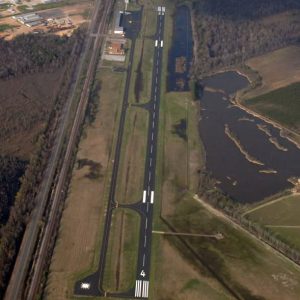 Dexter B. Florence Memorial Field
Dexter B. Florence Memorial Field
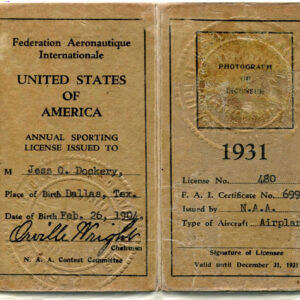 Dockery License
Dockery License
Dockery, Jess Orval
Douglas, Paul Page, Jr.
 Drake Field
Drake Field
Eberts Training Field
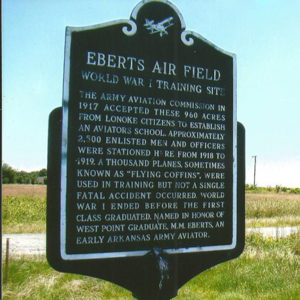 Eberts Marker
Eberts Marker
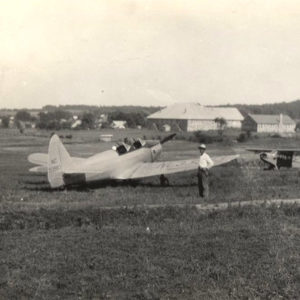 Flippin Airport
Flippin Airport
Fort Smith Regional Airport
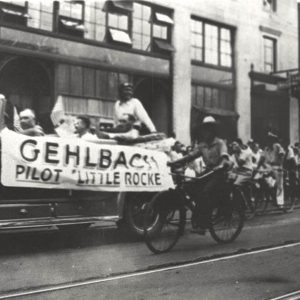 Gehlbach Parade
Gehlbach Parade
Green, Marlon DeWitt
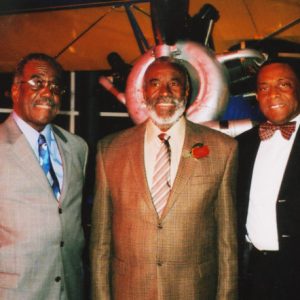 Marlon Green
Marlon Green
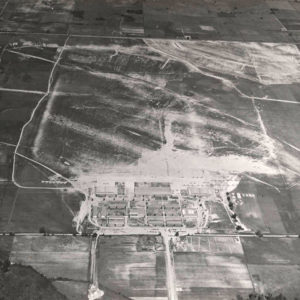 Helena Aero Tech
Helena Aero Tech
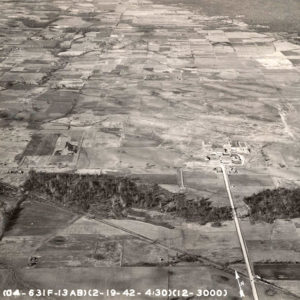 Helena Aero Tech
Helena Aero Tech
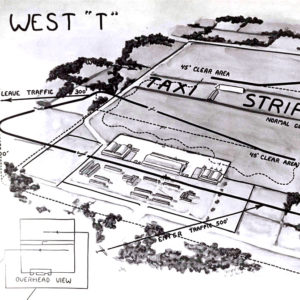 Helena Air Field
Helena Air Field
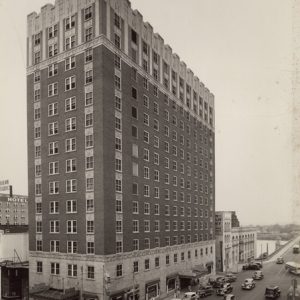 Hotel Ben McGehee
Hotel Ben McGehee
Jonesboro Municipal Airport
 Field Kindley
Field Kindley
Lindbergh, Charles, First Night Flight of
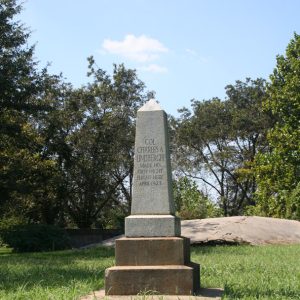 Charles Lindbergh Monument
Charles Lindbergh Monument
Little Rock Air Force Base
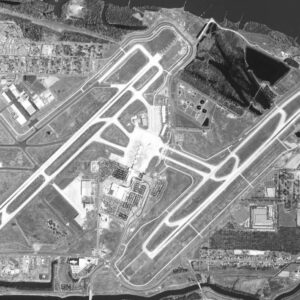 Little Rock Airport
Little Rock Airport
Little Rock Aviation Supply Depot
 Little Rock Aviation Supply Depot
Little Rock Aviation Supply Depot
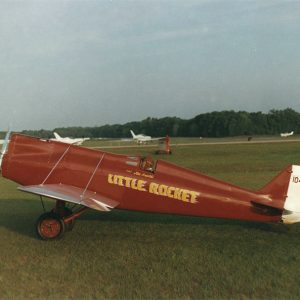 Little Rocket
Little Rocket
McDermott, Charles M.
 James McDonnell
James McDonnell
McDonnell, James Smith, Jr.
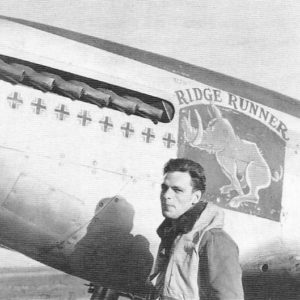 Pierce McKennon
Pierce McKennon
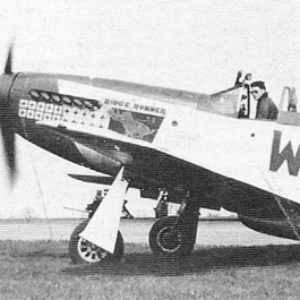 Pierce McKennon in the Cockpit
Pierce McKennon in the Cockpit
McKennon, Pierce Winningham “Mac”
Memorial Field Airport
Mena Intermountain Municipal Airport
Newport Air Field
 NLR Airport Buildings
NLR Airport Buildings
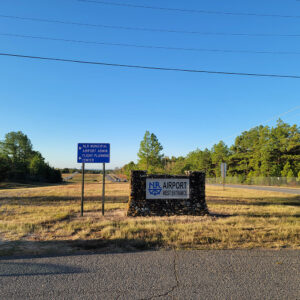 NLR Airport Entrance
NLR Airport Entrance
 NLR Airport Taxiway
NLR Airport Taxiway
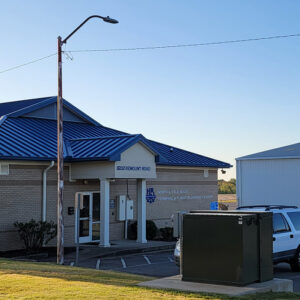 NLR Airport Terminal
NLR Airport Terminal
North Little Rock Municipal Airport
 North Little Rock, Inc.
North Little Rock, Inc.
Northwest Arkansas National Airport (XNA)
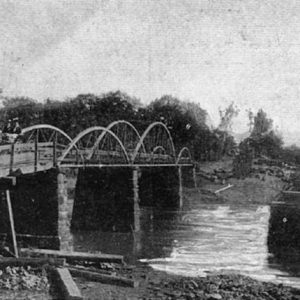 Ola Bridge
Ola Bridge
 OX-5 Powered Plane
OX-5 Powered Plane
Plane Crash of January 14, 1936
 Plane Interior
Plane Interior
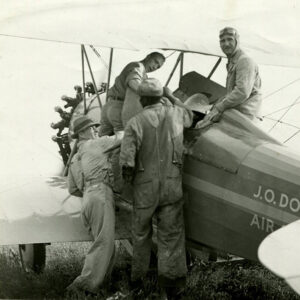 Rice Seed Loading
Rice Seed Loading
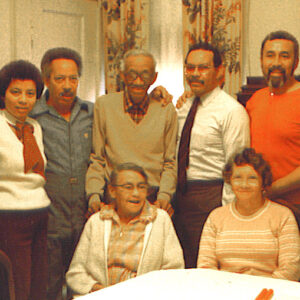 James Rodgers and Family
James Rodgers and Family
 James Rodgers Induction
James Rodgers Induction




